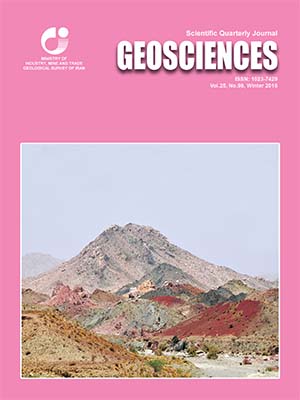Document Type : Original Research Paper
Authors
1 M.Sc. Student, Department of Mining Engineering, Tarbiat Modares University, Tehran, Iran
2 Associated Professor, Department of Mining Engineering, Tarbiat Modares University, Tehran, Iran
3 Assistant Professor, Department of Mining Engineering, Tarbiat Modares University, Tehran, Iran
Abstract
Fluctuation of the grade of the ore feeding the processing plants is one of the most important factors in plant's recovery, so that plant efficiency increases as the fluctuations decrease. In order to reduce the grade variability, homogenization piles are largely used in mining industry. The mass and the number of layers in the pile have an important role in the rate of grade variability reduction. The grade variability decreases as the mass and the number of layers increase, although this increase can lead to an increase in operation complexity and costs. In this research, a method based on geostatistical simulations was used to predict grade variability in the Anguran mine. In this regard, 25 equi-probable grade realizations are first generated using the Sequential Gaussian Simulation method by SGeMS Software, then the block model for each realization is built in DATAMINE Software. In the next stage, the blocks that would be sent to the pile are specified taking into account the production planning (mine schedule) obtained from NPV Software. Finally, grade variability was determined for various pile sizes and number of forming layers. Based on the obtained results, piles with a mass of 187 kt and 25 layers have the lowest variability.
Keywords

